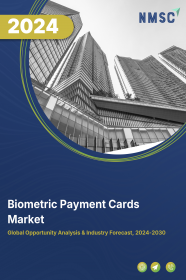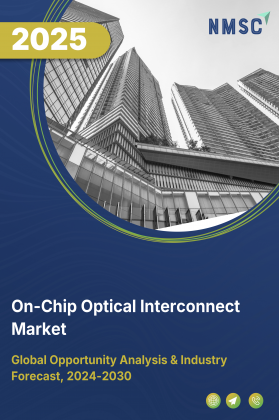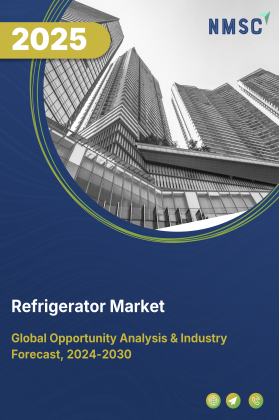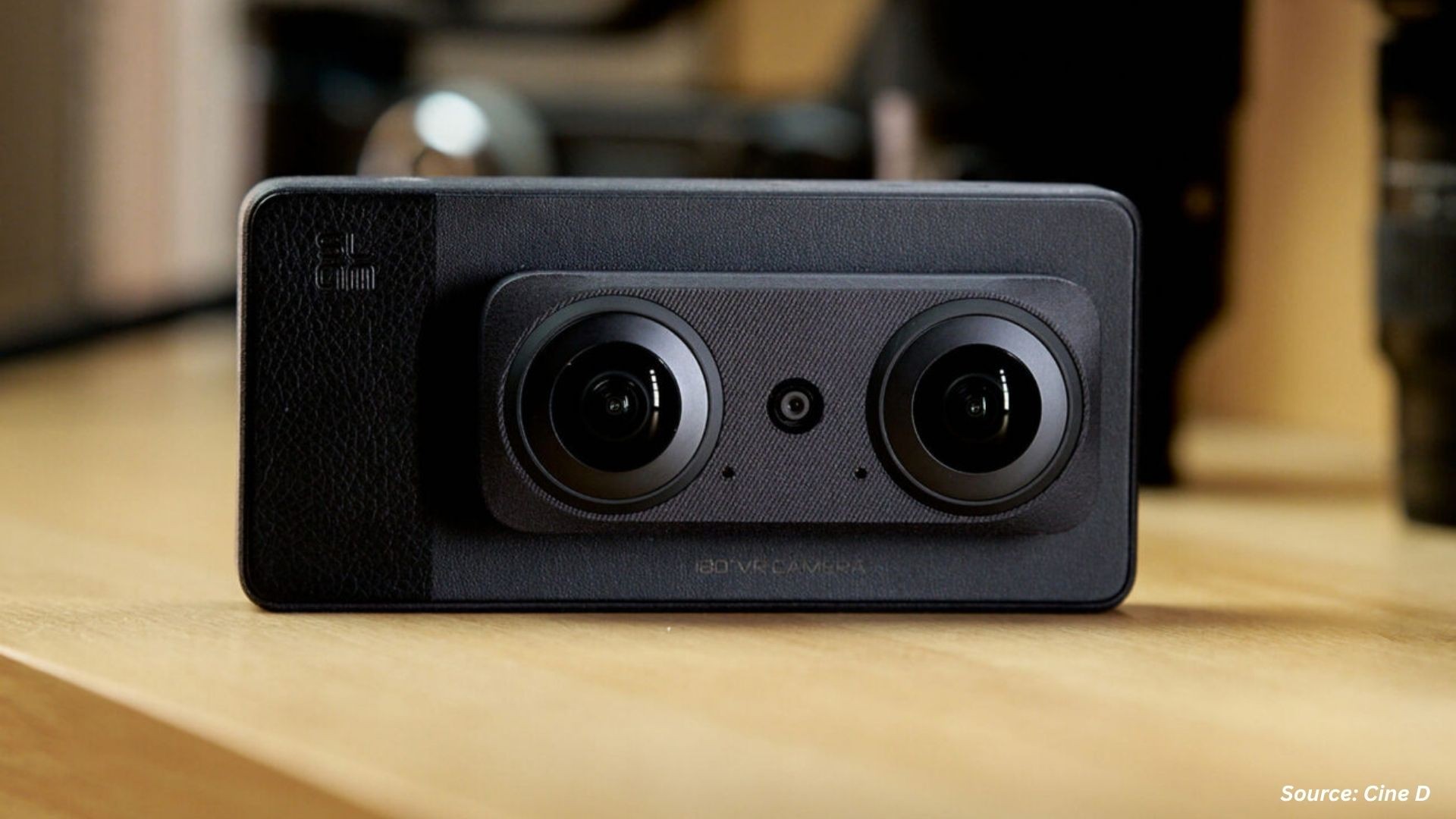
Biometric Payment Cards Market by Card Type, (Credit Cards, Debit Cards, and others), by Sensor Type, (Optical, Capacitive, Ultrasonic), by Authentication Architecture, (Match-on-card,and others), by Card Interface, (Contactless (nfc/rfid),and others), by Commercial Model, (B2b Revenue, B2c Revenue), by Distribution Channel, (Bank / Fi Issuance, Third-party Payment Provider), by End-use Vertical, (Banking, and others) – Global Opportunity Analysis and Industry Forecast 2023-2030
Market Definition
The global Biometric Payment Cards Market size was valued at USD 93.64 million in 2022 and is predicted to reach USD 4790 million by 2030 with a CAGR of 75.5% from 2023-2030. Biometric payment cards are credit or debit cards that are equipped with built-in biometric authentication technology to verify the identity of the cardholder during transactions.
The biometric authentication technology includes voice recognition, face recognition, iris recognition, retina recognition, and fingerprints, among others. Instead of entering a PIN or signing a receipt, the user authenticates themselves by placing their finger or face on the card's sensor, which then confirms their identity and allows the transaction to proceed. The cards are embedded with a chip-powered integrated sensor that allows convenient and secure confirmation of the cardholder's identification. Biometric payment cards are considered to be more secure than traditional payment cards, as they provide an additional layer of security that makes it much harder for fraudsters to use stolen cards.
Market Dynamics and Trends
Increasing demand for secured and contactless payment card methods is driving the biometric payment cards market growth. According to the latest report published by Mastercard in May 2022, the demand for contactless payment method is significantly growing in the U.S., with more than half (51%) of Americans now using contactless payments, including tap-to-go credit cards and mobile wallets such as Apple Pay.
Also, the growing popularity of e-commerce and the retail sector, which are adopting secure payment methods to ensure the safety of their customer’s financial information is fueling the growth of the market. Biometric payment cards offer enhanced security features and convenience, making them an attractive option for these sectors. For instance, the thriving e-commerce market in China has witnessed a remarkable surge in digital transactions, representing approximately 83% of transaction value in 2022. This rising trend in mobile payments, including potential implications for biometric card payments, as China leads the way in payment innovation with initiatives such as digital yuan, is boosting the growth of the market.
Moreover, the increasing penetration of the internet, widespread usage of smart devices, and digitization have resulted in changes in payment preferences, with consumers shifting towards online & digital payment systems. This change is further expected to boost the growth of the biometric payment cards market.
However, privacy concerns due to the sensitive nature of stored biometric data, leading to potential identity theft or misuse, as well as security risks from cyberattacks targeting this data are the factor expected to restrain the growth of the biometric payment card market.
On the contrary, growing advancements in biometric technology such as artificial based bill payment system using biometrics is expected to create ample growth opportunities for the market in the coming years. These technologies enable facial recognition by analyzing unique facial features and matching them with a database for customer verification services, making it easier and efficient for consumers to make payments.
For instance, in May 2022, Mastercard launched a new technology that allows customers to make payments using their faces or hands, aiming to enhance security and provide a more seamless payment experience. The innovative system uses biometric authentication to enable secure transactions and represents a step towards frictionless and convenient payment methods in the future.
Market Segmentations and Scope of the Study
The biometric payment cards market report is segmented on the basis of card type, technology, end user, and region. On the basis of card type, the market is divided into credit cards and debit cards. On the basis of technology, the market is divided into fingerprint recognition, iris recognition, and facial recognition. On the basis of end user, the market is classified into retail, transportation, banking & finance, healthcare, hospitality, and government. Regional breakdown and analysis of each of the aforesaid segments includes regions comprising of North America, Europe, Asia-Pacific, and RoW.
Geographical Analysis
North America holds the dominant share of the biometric payment cards market and is expected to continue its dominance during the forecast period. This is attributed to the increasing acceptance of the contactless payment methods, including digital payment options by the business houses in this region. According to the Visa Global Back to Business Study, 90% of small to medium-sized businesses (SMBs) in North America have increased their efforts to sell online and plan to accept digital payment options in 2022. This trend indicates a growing demand for fast, secure, and convenient payment options by companies and consumers is further expected to boost the market growth.
Also, the presence of major key players such as MasterCard, Visa Inc., Apple Inc., and SmartMetric, Inc. launching new products boosts the market growth in this region. For instance, in June 2023, SmartMetric introduced a biometric security solution for credit and debit cards, enabling users to authenticate transactions with their fingerprints. The innovative technology enhances payment security by providing a seamless and personalized user experience, ensuring secure and convenient transactions for cardholders.
On the other hand, Asia-Pacific is expected to show a steady rise in the biometric payment cards market due to the rising acceptance of digital and advanced contactless transactions in this region. According to report published by Visa and payments processor Worldline India, contactless transactions grew by 28.5% in March 2021 compared to March 2020. Thus, the increased adoption of contactless transactions has led to a rise in the production and commercialization of biometric payment cards.
Furthermore, presence of key local players such as MoriX Co, Goldpac Fintech, and Feitian Technologies Co. Ltd are adopting partnership strategies to dominate the growth of the market in this region. For instance, in May 2022, MoriX Co, and Fingerprint Cards (FPC) partnered to bring biometric card technology to Japan, offering secure and convenient payment options. The collaboration aims to enhance transaction security by integrating fingerprint authentication directly into payment cards, providing a seamless and user-friendly experience for consumers in the Japanese market.
Competitive Landscape
Various market players operating in the biometric payment cards industry include IDEMIA France SAS, Thales Group S.A, Giesecke + Devrient GmbH, CPI Card Group, Inc, Eastcompeace Technology Co., Ltd, Valid S.A, KONA I Co., Ltd, Biosmart Co., Ltd, CompoSecure, L.L.C, Tianyu Information Industry Co., Ltd, Watchdata Technologies Ltd, Feitian Technologies Co., Ltd, KL Hi-Tech Secure Print Ltd, Goldpac Group Ltd., PT Wahyukartu Kartumasindo International
These market players are adopting collaborations as their developmental strategy to maintain their dominance in the global market. For instance, in January 2025, IDEMIA France SAS IDEMIA Secure Transactions (IST) launched a smartphone-based biometric enrollment system using a battery-less USB-C dongle. This innovation enables F.CODE biometric payment cards to be enrolled via an iOS or Android device using the bank’s app. The biometric data remains securely stored on the card.
Also, in May 7, 2025, Giesecke + Devrient GmbH (G+D Group) G+D unveiled its next-generation Convego SecureCode payment card featuring a dynamic CVV displayed via an e-ink display, updated per transaction to mitigate card-not-present (CNP) fraud, without requiring batteries or additional hardware.
Key Benefits
-
The report provides quantitative analysis and estimations of the biometric payment cards market from 2023 to 2030, which assists in identifying the prevailing market opportunities.
-
The study comprises a deep-dive analysis of the biometric payment cards market including the current and future trends to depict prevalent investment pockets in the market.
-
Information related to key drivers, restraints, and opportunities and their impact on the global market is provided in the report.
-
Competitive analysis of the players, along with their market share is provided in the report.
-
SWOT analysis and Porters Five Forces model is elaborated in the study.
-
Value chain analysis in the market study provides a clear picture of roles of stakeholders.
Biometric Payment Cards Market Key Segments
By Card Type
-
Credit Cards
-
Debit Cards
-
Prepaid / Gift Cards
-
Corporate And B2b Cards
-
Government And Welfare Disbursement Cards
By Sensor Type
-
Optical
-
Capacitive
-
Ultrasonic
By Authentication Architecture
-
Match-on-card
-
Match-in-reader
-
Host/server-based
By Card Interface
-
Contactless (nfc/rfid)
-
Contact (chip Insert)
-
Dual-interface
By Enrollment Method
-
In-branch / On-site Kiosk
-
Factory / Bureau
-
Remote / Smartphone-based
By Commercial Model
-
B2B Revenue
-
Card Manufacturing And Supply
-
Integration And Deployment Fees
-
-
B2C Revenue
-
Premium Card Annual Fees
-
Replacement And Upgrade Charges
-
By Distribution Channel
-
Bank / Fi Issuance
-
Third-party Payment Provider
By End-use Vertical
-
Banking, Financial Services And Insurance (bfsi)
-
Retail And E-commerce
-
Transportation And Transit
-
Healthcare And Insurance
-
Hospitality And Entertainment
-
Government And Public Services
By Region
-
North America
-
U.S.
-
Canada
-
Mexico
-
-
Europe
-
UK
-
Germany
-
France
-
Italy
-
Spain
-
Denmark
-
Netherlands
-
Finland
-
Sweden
-
Norway
-
Russia
-
Rest of Europe
-
-
Asia-Pacific
-
China
-
Japan
-
India
-
South Korea
-
Australia
-
Indonesia
-
Singapore
-
Taiwan
-
Thailand
-
Rest of Asia-Pacific
-
-
RoW
-
Latin America
-
Middle East
-
Africa
-
Key Players
-
IDEMIA France SAS
-
Thales Group S.A.
-
Giesecke + Devrient GmbH
-
CPI Card Group, Inc.
-
Eastcompeace Technology Co., Ltd.
-
Valid S.A.
-
KONA I Co., Ltd.
-
Biosmart Co., Ltd.
-
CompoSecure, L.L.C.
-
Tianyu Information Industry Co., Ltd.
-
Watchdata Technologies Ltd.
-
Feitian Technologies Co., Ltd.
-
KL Hi-Tech Secure Print Ltd.
-
Goldpac Group Ltd.
-
PT Wahyukartu Kartumasindo International

















 Speak to Our Analyst
Speak to Our Analyst

























